Westminster’s Hidden Gems
Westminster is one of London's most touristy areas, but we’re here to tell you there’s more to the place than a big clock and an old abbey. Take a look and discover hidden Westminster...
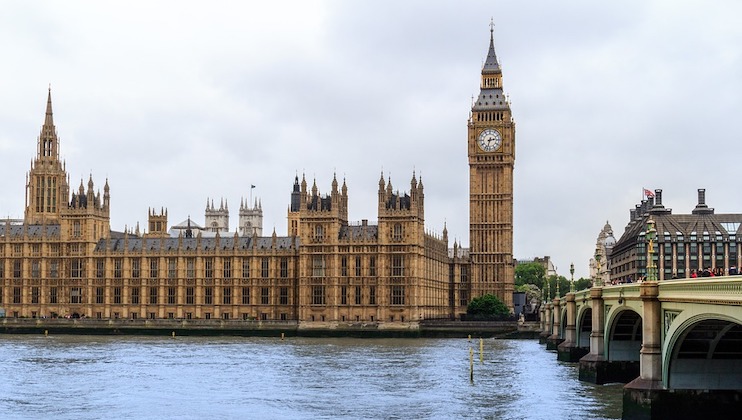
Whether you associate Westminster with pompous politicians or as a battleground for selfie sticks, it can’t be denied that this area is one of London’s most famous neighbourhoods. With more historic landmarks (and even more tourists) than you can shake a stick at, it’s understandable why Londoners might want to avoid the area altogether. However, we’re here to tell you there’s more to Westminster than a big clock and an old abbey.
In fact, the area is full of a number of wonderful hidden gems and secret corners that we can guarantee will be selfie stick free and something fresh to see for the seasoned citygoer. Take a look and discover a new side of well-known Westminster...
Cockpit Steps
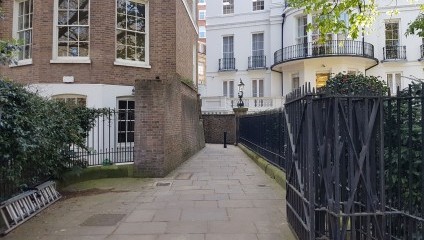
SW1H
Adjacent to St James Park is an easily missed connecting passageway called Cockpit Steps, linking Birdcage Walk with Old Queen Street. As its name suggests, this passageway is named after its rather unpleasant connection with the bygone pastime of cockfighting. These steps are the last remaining part of the old Royal Cockpit, built in the 18th Century for the upper classes to watch and bet on rowdy roosters. Cockfighting had first become popular in Tudor times and carried with it a complex book of rules and regulations. Despite this, cockfighting brought men from all classes and walks of life together and was an easy way to make a some quick cash. The Cockpit steps are also rumoured to be haunted by a headless lady. First reported by The Times in 1804, the story goes that a pair of Coldstream Guards walked past Cockpit Stairs and saw a headless woman moving down the stairs and drifting over the road towards St James’ Park.
After seeing the apparition, the guards were so frightened that they had to be confined to hospital. Cock-a-doodle-boo.
To get to the Cockpit Steps from the north side, enter off Birdcage Walk, just west of Horse Guards Rd - from the south side, enter near the Two Chairmen pub on Old Queen St).
Giro the Nazi Dog’s grave
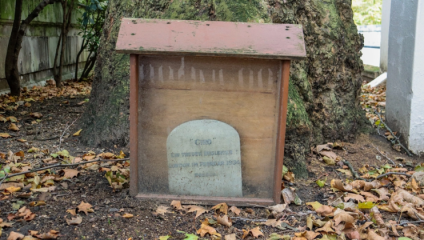
Ok, so maybe the dog wasn’t actually a Nazi himself, but in this case, this doomed doggy was sadly guilty by association. Just off the Mall in the political heart of London lies the country’s only memorial to a Nazi: Giro’s grave. Giro was a pet terrier brought to Britain by the German ambassador Leopold von Hoesch in 1932. Both Giro and Hoesch lived in the German Embassy at 9 Carlton House Terrace and, in 1934, poor little Giro chewed through a cable in the back garden and died of electrocution. Distraught by his cooked canine, Hoesch carried out a proper burial for his pooch in the Embassy’s back garden, erecting a tombstone that read “Giro, A Faithful Companion. London in February 1934. Hoesch.”
This small terrier tombstone can still be seen today, although it has moved from its original location due to building works which forced it to be moved in the late 1960s.
Giro’s grave is located at Waterloo Place / Near 9 Carlton House Terrace, London SW1Y 5AG
Pickering Place
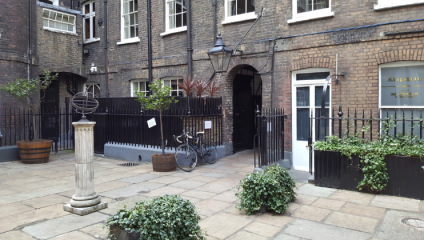
Wander down St James’s Street towards the point where it meets Pall Mall and peek through the last opening on the left. There you’ll see a wonderful 18th century oak-panelled tunnel marked with the number 3 at its entrance. This hidden square is said to be the smallest courtyard in London and has a wealth of history despite its diminutive size. Today, visitors will be struck by the peace and tranquillity of Pickering Place, but back in the day this oasis of calm was a racy hotspot for vice and violence. The area was once known for its gambling dens, and its no wonder that this little corner of town became the go-to place for duels. In fact, it is said that London’s last public duel was held in this small courtyard.
The square is also famous for its history as the home of the Texan Republic’s Embassy until it joined the United States in 1845. Today you can still see a plaque dedicated to Pickering Place’s Texan legacy.
Pickering Place is located in St. James's, London SW1A 1EA
Admiralty Arch Nose
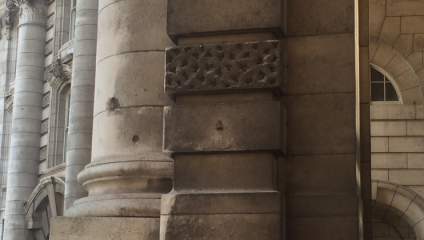
Look up as you pass through one of London’s most recognizable landmarks, Admiralty Arch, and you’ll see a small protrusion that looks like a nose coming out of the central arch’s wall. A number of urban myths have sprung from this mysterious schnoz, including a rumour that the nose had been modelled on Napoleon’s and placed at a height to enable the cavalry troops to give it a cheeky rub for luck as they passed by. As charming as this tale is, sadly it’s all lies. The real story behind the little nose isn’t nearly as exciting - Hackney-based artist Rick Buckley fixed around 35 noses to various London landmarks, including the National Gallery, Tate Britain, and South Bank Centre in 1997.
Some of these naughty noses were detected within hours and weeks of being placed. Only around ten still survive today, including the one on Admiralty Arch. Go be nosey and check it out.
Admiralty Arch is located at The Mall, London SW1A 2WH
The Jewel Tower
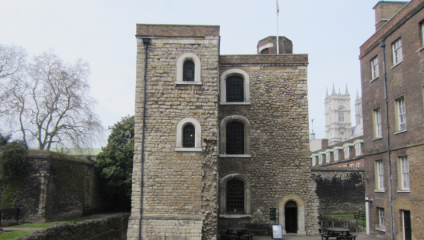
Once a part of Westminster Palace, this three-story high tower is one of the oldest surviving parts of the original medieval palace complex and one of the most overlooked landmarks in Westminster. Built around 1365, this tower was once used as the storeroom for the King’s private collection of jewels. The tower remained in use as the royal treasure vault until 1512, when a fire broke out, causing Henry VIII to relocate the royal court to Whitehall.
By the end of the 16th century, the House of Lords used the tower for storage of parliamentary records. It remained as the Lord’s records office through the 18th century until a terrible fire occurred yet again at Westminster, causing the Lords to relocate to a purposely-constructed archive. For just £7.70, you can explore the Jewel Tower’s forgotten piece of London history. Now that’s what we call a hidden gem.
The Jewel Tower is located at Abingdon St, London, Westminster SW1P 3JX
Queen Mary's Steps
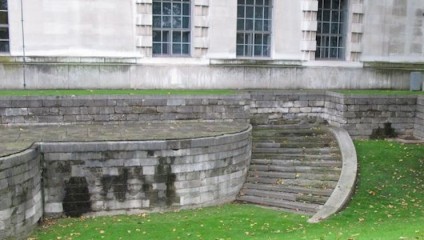
Crafted in 1691 under Sir Christopher Wren's discerning eye, these steps were envisioned as the regal pathway for Queen Mary II to access her state barge, elegantly slicing through the Thames's expanse. Despite their royal intentions, these steps harbor a bittersweet tale, for Queen Mary's untimely demise robbed her of the chance to grace them with her presence. Unearthed during the Ministry of Defence's construction frenzy in the 1930s, these steps offer a whisper from the past, echoing tales of Whitehall Palace's grandeur.
Queen Mary's Steps can be found at 2 Horse Guards Ave, London SW1A 2ES
King Charles Equestrian Statue
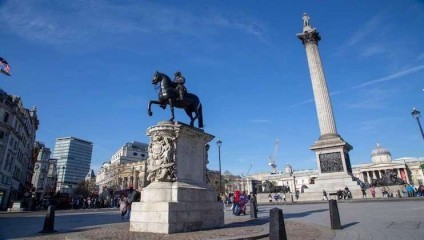
Amidst the bustling traffic hubbub of Trafalgar Square, the equestrian statue of King Charles I stands as a silent sentinel, its history as rich and tumultuous as the monarch it portrays. Hidden underground for four decades so to avoid it being destroyed, this bronze relic serves as a defiant testament to a bygone era of paranoia and political intrigue. Unnoticed by many a hurried passerby, the stoic gaze of Charles I fixes upon the very spot where his fateful journey to the executioner's block commenced. From royal glory to revolutionary turmoil, this statue witnessed it all, silently observing the ebbs and flows of history with a regal indifference.
The statue can be found in Trafalgar Square.